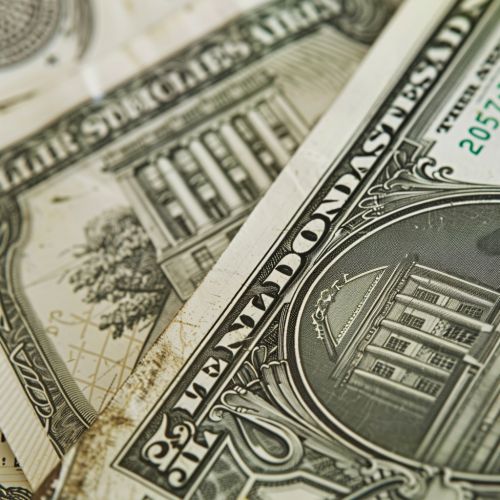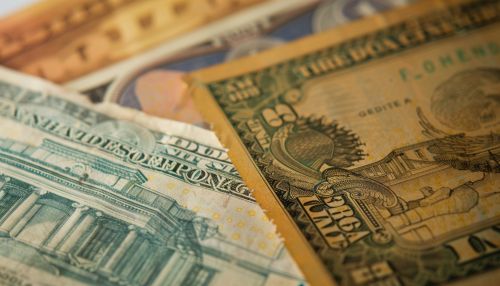Counterfeit
Introduction
Counterfeiting is the process of making imitations or replicas of an item with the intent to deceive or defraud by passing off the imitation as the original. This practice is as old as money itself and has been applied to various goods and services over the centuries, from currency and documents to branded goods and digital content.


History of Counterfeiting
The history of counterfeiting is as old as the concept of money itself. The first known instances of counterfeiting occurred in ancient Lydia, where coins were made from a naturally occurring alloy of gold and silver known as electrum. Counterfeiters would create fake coins by mixing electrum with cheaper metals. As coinage systems developed, so did the methods of counterfeiters, leading to a continuous arms race between authorities and counterfeiters that continues to this day.
Methods of Counterfeiting
Counterfeiting methods vary depending on the item being counterfeited. For example, counterfeit currency is often created using sophisticated printing techniques to replicate the unique features of genuine banknotes. Counterfeit branded goods, on the other hand, are often produced in factories that mimic the production processes of the original manufacturers. Counterfeit digital content, such as software or digital media, is often created by copying the original content and then distributing it illegally.
Impact of Counterfeiting
The impact of counterfeiting is far-reaching and affects a wide range of stakeholders. For consumers, counterfeit goods often represent poor quality and can even pose health and safety risks. For businesses, counterfeiting can lead to lost sales and damage to brand reputation. For governments, counterfeiting can lead to lost tax revenue and increased costs for law enforcement and customs agencies.
Countermeasures Against Counterfeiting
A variety of countermeasures have been developed to combat counterfeiting. These include the use of security features in banknotes, such as watermarks and holograms, and the use of authentication technologies in branded goods, such as RFID tags and holographic labels. In the digital realm, countermeasures include the use of digital rights management (DRM) systems and the enforcement of copyright laws.
